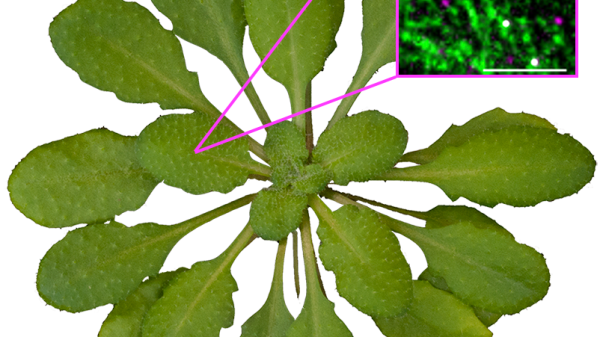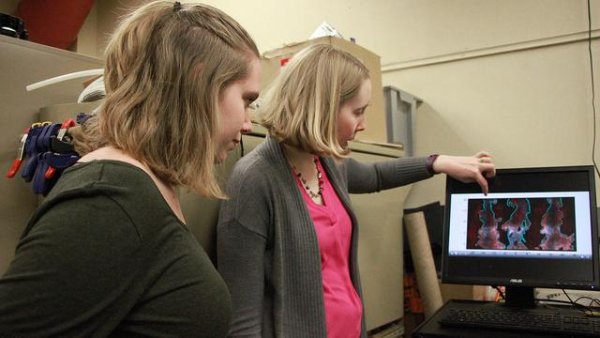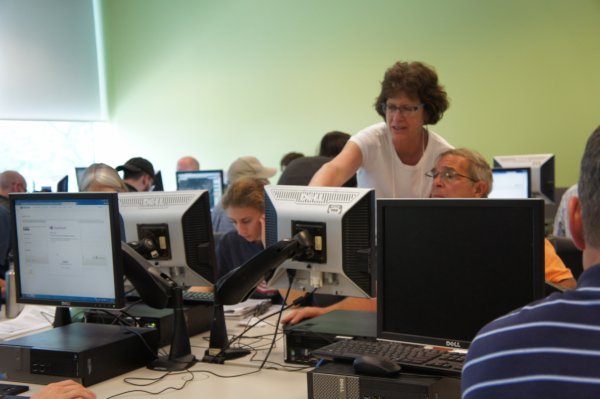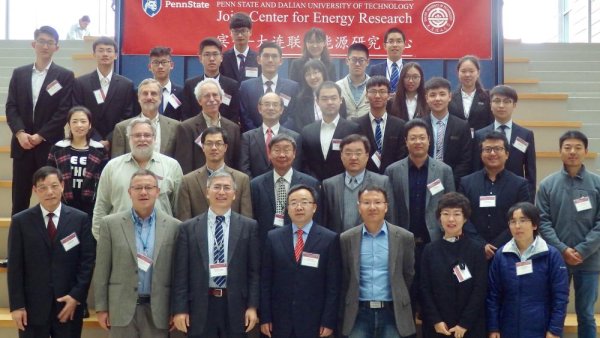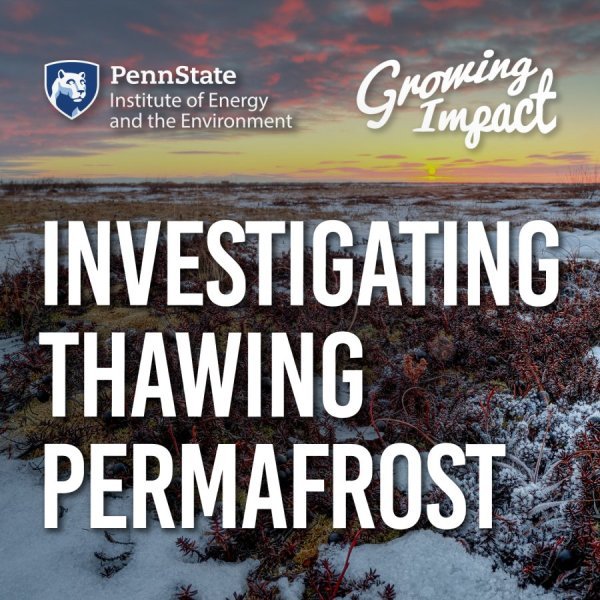Three new co-funds join Institutes of Energy and the Environment
| psu.edu
Three faculty members recently joined the Institutes of Energy and the Environment (IEE) in three different areas of expertise. Two are in the Donald P. Bellisario College of Communications, and the other is in the College of Earth and Mineral Sciences. This is the first time that IEE has had co-funded faculty in the Bellisario College.
New insights could indicate how to break apart cellulose for biofuels
| psu.edu
A comprehensive look at how plants build cellulose, the primary building block of the walls of most plant cells, which is used in a wide variety of manmade materials, could have important implications for its use in biofuels.
Penn State researchers develop a way to predict and mitigate catastrophic shorts for improved OLED lighting panel reliability
| energy.gov
With the help of DOE funding, researchers at Penn State University are developing a basic scientific understanding of how shorts originate and grow to a catastrophic level, thus causing the failure of organic light-emitting diode (OLED) panels.
College of Engineering announces faculty promotions
| psu.edu
Thirteen Penn State College of Engineering faculty members have been selected for promotions, effective July 1, 2018.
Gorski to use NSF CAREER award to expand access to clean water and electricity
| psu.edu
Christopher Gorski, assistant professor of environmental engineering at Penn State, will develop devices that use electricity to desalinate water and can also generate their own electricity, thanks to an esteemed National Science Foundation Early Career (CAREER) award.
Integrative Studies Seed Grants awarded to faculty across University
| psu.edu
The Office for General Education has announced this year’s seed grants to support the development of Integrative Studies courses. The awarded proposals are representative of a wide range of academic disciplines, and include proposals from faculty at Penn State campuses across the Commonwealth.
Through NSF CAREER Award, Jacqueline O’Connor to make power generation cleaner
| psu.edu
Jacqueline O’Connor's work will not only result in new scientific understanding, but also insight for more robust design of ultra-low emissions gas turbine combustors.
Interdisciplinary projects awarded seed grants from IEE
| psu.edu
The 2017–18 Institutes of Energy and the Environment (IEE) seed grant recipients have recently been awarded to 16 groups of interdisciplinary researchers at Penn State. This year nearly $350,000 have been awarded to more than 40 researchers in five colleges at University Park as well as at four campuses.
Data driven dialogue: Scientists bring groups together on water quality concerns
| news.psu.edu
Shale Network, a team of scientists studying water quality around Marcellus Shale drilling in Pennsylvania, has spent the last six years fostering a dialogue between concerned citizens, watershed groups, government regulators and representatives from large energy companies around water quality data in the state.
New desalination method offers low-energy alternative to purify salty water
| psu.edu
Providing safer drinking water to those in need may be a little easier. According to Penn State researchers, a new desalination technique is able to remove salt from water using less energy than previous methods.
Partnership celebrates global synergy, accomplishments at joint energy workshop
| psu.edu
Members of the Penn State – Dalian Joint Center for Energy Research (JCER), a partnership between Penn State and Dalian University of Technology (DUT), one of the top research universities in China in energy and chemical engineering, met on campus recently to discuss ongoing research and collaboration initiatives and progress made in advancing clean energy research.
A curious quirk brings organic diode lasers one step closer
| psu.edu
Since their invention in 1962, semiconductor diode lasers have revolutionized communications and made possible information storage and retrieval in CDs, DVDs and Blu-ray devices. These diode lasers use inorganic semiconductors grown in elaborate high vacuum systems. Now, a team of researchers from Penn State and Princeton University have taken a big step toward creating a diode laser from a hybrid organic-inorganic material that can be deposited from solution on a laboratory benchtop.


